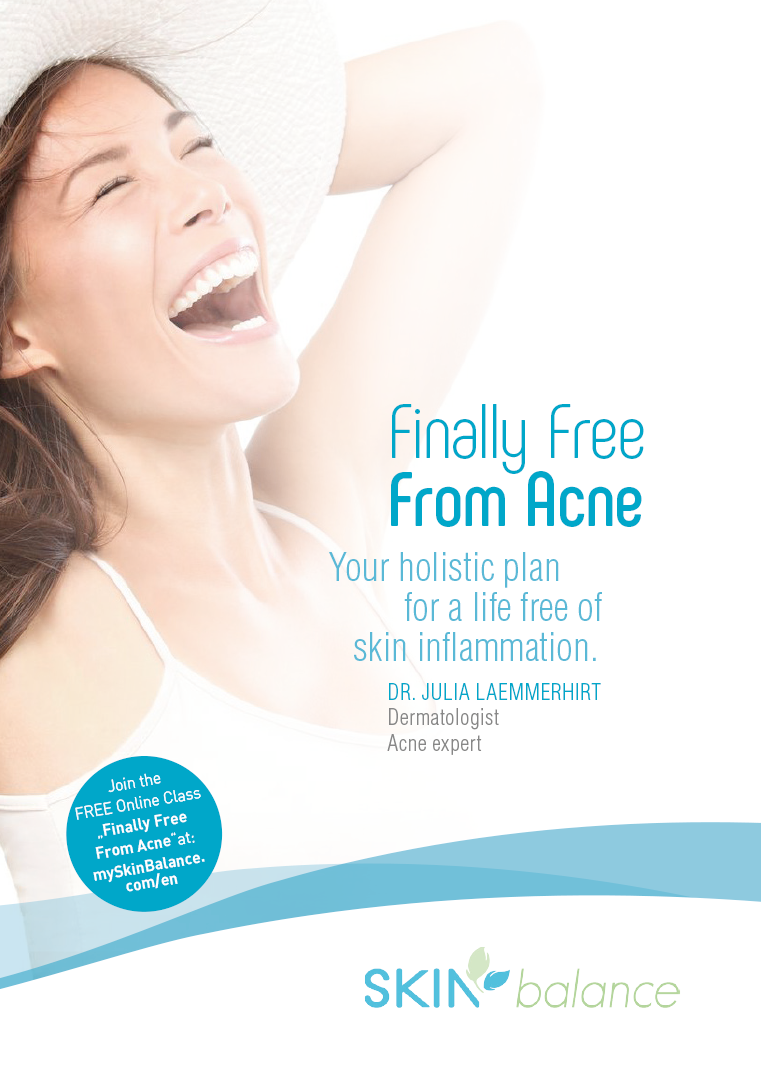My patients often ask me if they should already be using anti-aging creams or whether or not they’re of any use at all. It is true that prevention is more effective than turning back the wheel of time, so you could already start in your mid-20s. However, it is important to adjust the anti-aging agents to your age.
Under 30
At this age, it is really only about prevention and this is done through antioxidants. These neutralize the free radicals that are caused by UV light and other environmental stimuli.
Vitamin C
Helps the skin to reduce UV-induced damage to the DNA, stimulates collagen synthesis
Vitamin E
Reduction of UV-induced skin damage, prevention of pigment spots
Vitamin B3 (niacinamide)
Strengthens the skin barrier, protects against inflammation and pimples
CoEnzyme Q10
Prevention of UVA-induced damage, inhibits collagen degradation
Age 30-40
The antioxidants remain important, however, further effective active ingredients need to be added:
Hyaluronic acid
At this age the skin is already often dry and first wrinkles develop. Here, hyaluronic acid can help to slow fine wrinkles and help the skin to store moisture better.
Paracress
This South American plant contains the active ingredient spilanthol, which reduces the activity of the mimic muscles and relaxes the skin surface.
Over 40
Now the wrinkles may become deeper, because collagen and elastin formation is decreasing further. Antioxidants make their contribution here by supporting collagen synthesis.
Retinol
Also known as vitamin A. It is an antioxidant, increases collagen synthesis and increases elastic fibers. It reduces wrinkles, roughness and pigment spots.
Rose oil
The essential oil of the rose also contains vitamin A precursors and is more tolerable for sensitive skin than products with retinol.
AHAs (alpha hydroxy acids)
These are the so-called fruit acids, e.g. glycolic acid and lactic acid.
They protect against roughness, wrinkles and pigment spots by shielding the uppermost skin.
Polyphenols
These are plants that are highly antioxidant. The polyphenols contained in green tea and grapes are particularly well studied. They have anti-inflammatory anti-oxidative qualities and prevent UVB-induced DNA damage.
Over 50
With lower estrogen levels, the skin becomes more dry and flabby. Now the focus is also on padding, in order to counteract drooping facial features.
Phytohormones
Plants with a high content of phytohormones include: soy, hops, red clover and pomegranate. They help against hormonal drought by stimulating the synthesis of hyaluronic acid, as well as collagen synthesis and cell regeneration. Collagen degradation in the skin is also slowed.
The next time you are out shopping and find yourself standing in front of a shelf full of anti-aging products, you can now better assess which product line is right for you.

